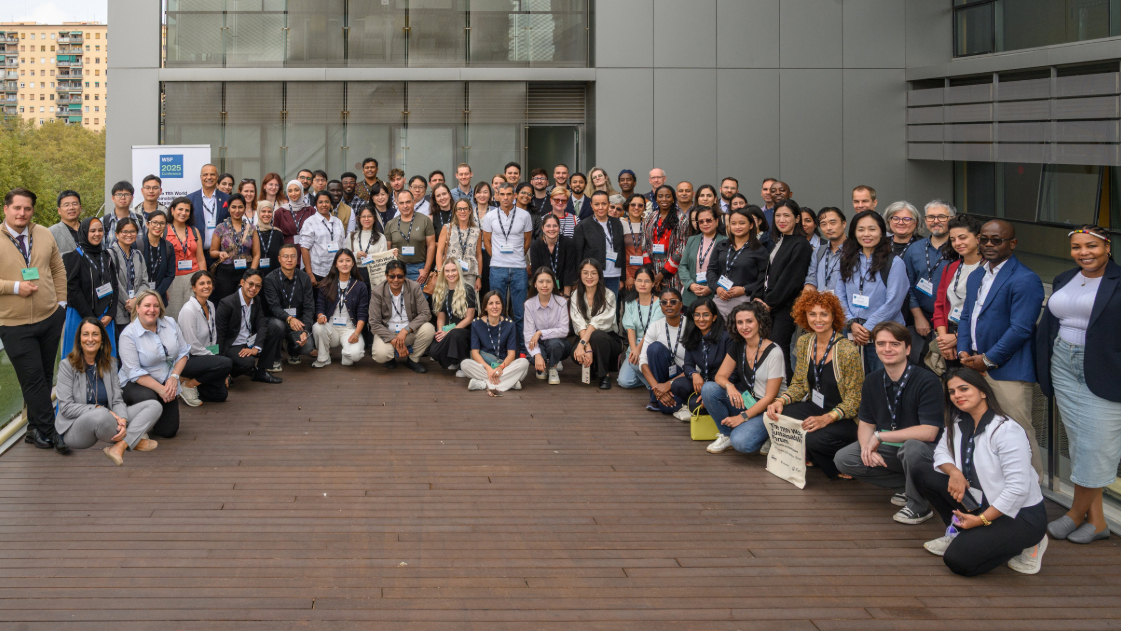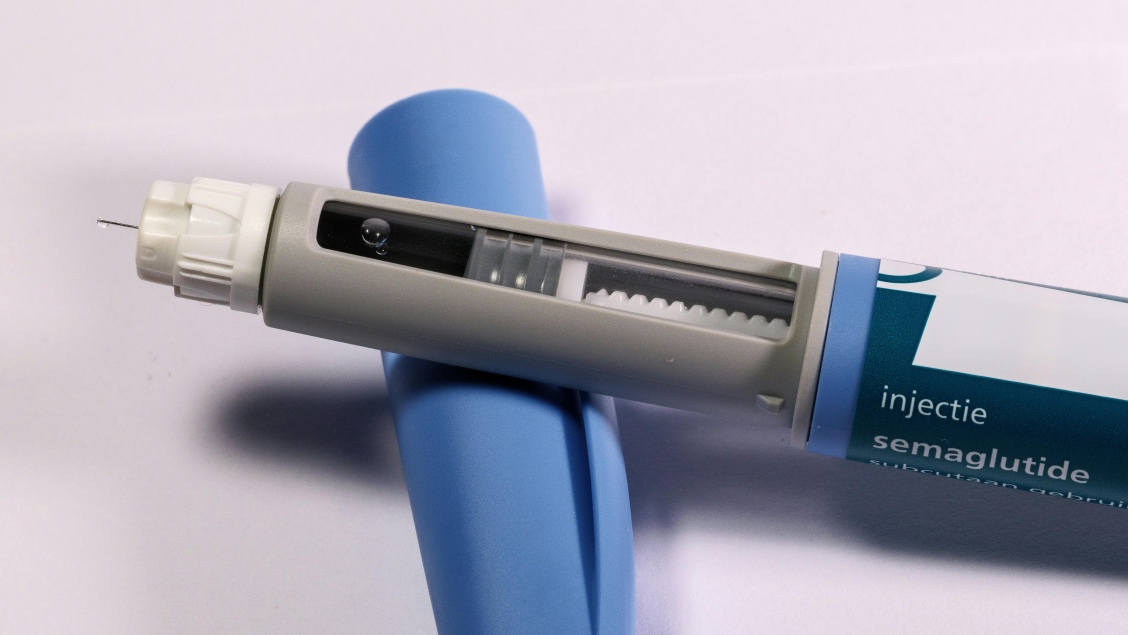
Flotillins: Signals from a Raft
Flotillins are highly homologous proteins (known as flotillin-1 and flotillin-2, or reggie-2 and reggie-1, respectively). These localize to membrane rafts (specific cholesterol-rich microdomains in cellular membranes). They are also associated with various signaling pathways, cell adhesion, membrane trafficking and axonal growth.
What are flotillins?
They are strongly conserved across many species, found in bacteria, plants, fungi and all mammals, and show ubiquitous tissue expression. They are widely used as biomarkers for membrane rafts and show dynamic subcellular distribution. Significantly, flotillins are also frequently overexpressed in cancer.
In Flotillins in Receptor Tyrosine Kinase Signaling and Cancer, Banning et al. provide a timely review that details recent studies offering novel insights into flotillin involvement in receptor tyrosine kinase and mitogen activated protein (MAP) kinase signaling, cancer and metastasis. Further, the authors provide a thorough overview of data that correlates upregulation of expression levels in particular cancers with specific patient phenotypes. They point to their potential as a diagnostic biomarker and possible therapeutic target in metastatic cancer.
To learn more about flotillins
While flotillins are highly conserved proteins that localize to the cholesterol-rich microdomains in cellular membranes, there is a great deal to learn about them. MDPI has had several articles addressing this fascinating topic, including an article on how they are promising biomarkers for Alzheimer’s disease. Also, the fascinating role of MPP1 in the mobility of flotillins.
To read more, we refer the interested reader to other articles on the subject. We hope that you find them interesting!










